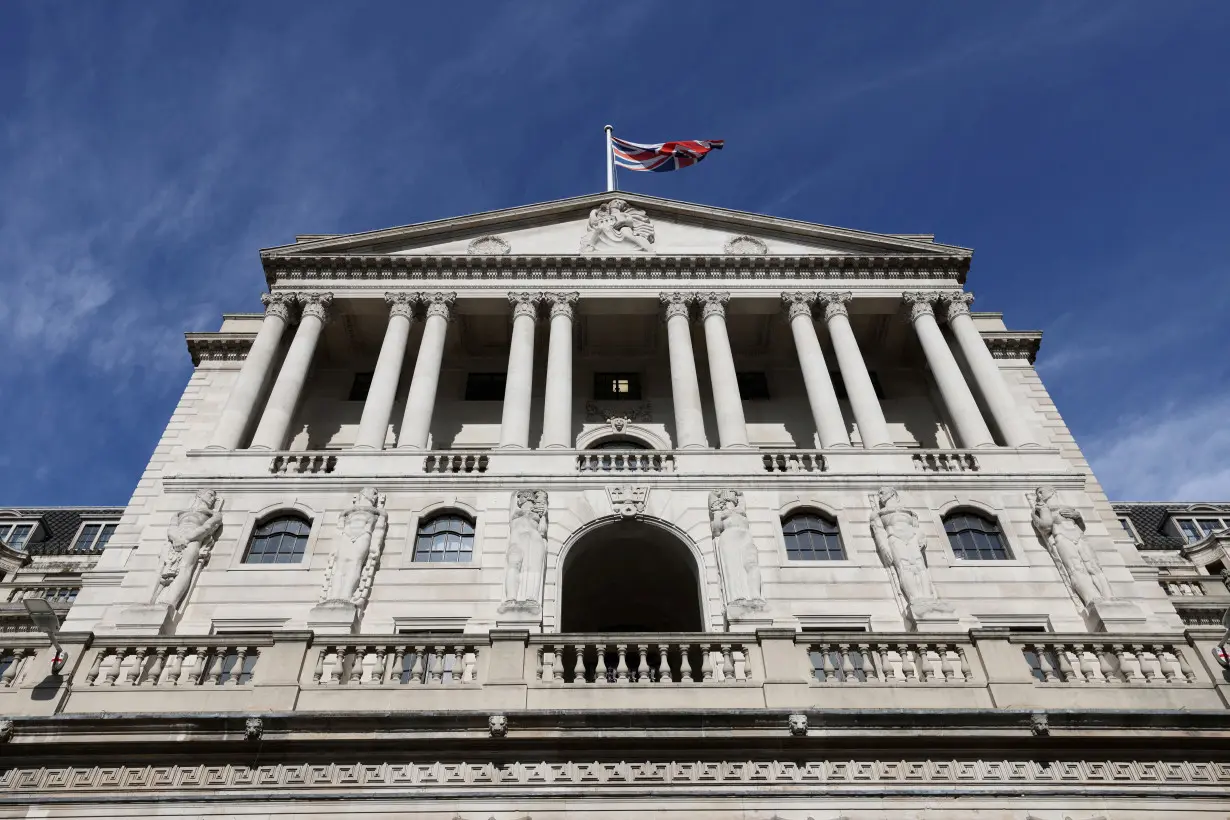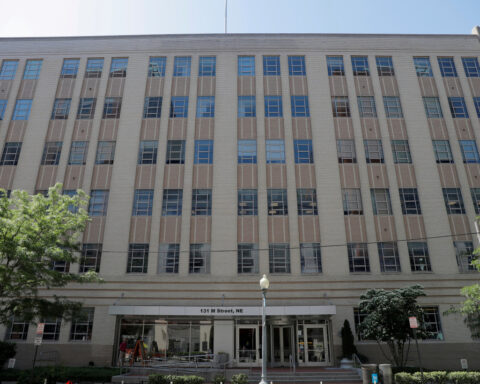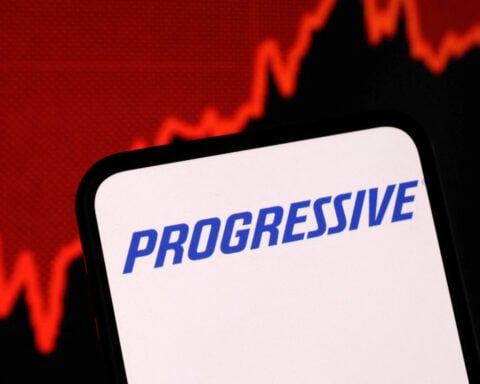By Mike Dolan
LONDON (Reuters) - After six months of churning interest rate speculation, few now doubt 2024 will see the three major Transatlantic central banks easing policy - the only quiz is whether they move in lockstep.
Even though all three faced similar global inflation impulses from post-pandemic supply-side shocks and a Ukraine-related energy spike, seven months separated the Bank of England starting the rate hike rush at the end of 2021, the Fed following in March 2022 and the European Central Bank completing the three-pronged attack that July.
The Fed and BoE have both lumped just over 5 percentage points onto policy rates since, the ECB some 450 bps.
This year - to the puzzlement of some - little or none of that time divergence is expected. Precious little difference in rate cut amounts is priced, despite differing disinflation dynamics and very different economic and fiscal trajectories.
The ebb and flow of fixed income markets has tended to sweep all three along in tandem.
Right now, money markets and futures expect both the Fed and ECB to deliver an identical 135bps each over the course of this year - with only a marginal bias for the Fed to start first in March.
Both are more than fully priced for a first quarter-point cut by May 1.
First to hike, the BOE is partly painted as a foot-dragger on the way down - although it too is 80% priced for its first ease by early May and has only 20bps fewer cuts than the other two pencilled in for the year.
Further out the curve, the lockstep pricing is as stark - with two-year government yield spreads between the U.S. and euro zone almost flatlining in a 30bp range for five months and UK-US spreads hugged a 50bp range.
Unsurprisingly, currency markets have been likewise corralled - with the pivotal euro/dollar exchange rate stuck in 6 cent range since August and sterling/dollar hugging an 8 cent band and implied volatility levels near their lowest since the hiking campaigns kicked off.
Policy in synch or just synchronicity?
OUT OF STEP
The reluctance of the investment world to discriminate when trading a truly global inflation episode is clearly one factor - compounded by the fact that sovereign reserve currency debt is often held and traded in similar global investment buckets.
High levels of uncertainty add to that, with policymaker reluctance to deviate too far from the dominant Fed view due to fears of exchange rate volatility and investors fearful of getting steamrolled by the sort of indiscriminate trading evident in recent months.
But Gilles Moëc, Group Chief Economist at AXA Investment Managers, thinks there's good fundamental justification for driving a wedge between some of the relative central bank timelines now embedded in markets - especially Fed and ECB.
For a start, he reckons the aggressive rates market pricing for both central banks this year is overdone as there are no 'red lights' flashing yet for either central bank to make them rush to ease as soon as March, a seeming anchor for market pricing seems 'brave'.
But the balance of economic and budgetary risks from here surely should point to earlier rate cuts in Europe.
"We feel there is too little thought given by the market on the possibility of some significant Transatlantic divergence this year," Moec wrote.
If the sort of perfect soft landings being assumed are not quite so smooth and monetary policy more skewed than now thought, he added, there are two scenarios. Either the central banks have overtightened and face recession, or they haven't done enough and will struggle to keep a lid on inflation.
"The Euro area is more at risk of falling in the first scenario, and the U.S. in the second," Moec said, adding the debt market rally of recent months made it difficult to argue the Fed's current stance was fully transmitted to the real economy there via the financial system as activity motors on.
To be sure, Fed officials have been repeating that point again this year and even the more dovish policymakers are still not indicating a rate cut before midyear.
Moec said Axa's central scenario is for just over half the rate cuts currently priced into markets for both central banks and outlined several 'alternative' outcomes that question the synchronous nature of the moves when they come.
Pointing to the strong jobs market and lack of any significant jump in loan delinquency rates stateside, Moec reckoned the Fed may still not have done enough to slow the economy sufficiently and fiscal spending there was unlikely to be curtailed significantly in an election year.
A more depressed starting point for the euro economy and the fact that lagged ECB tightening was likely to coincide with much tighter budget policy in Germany and elsewhere flipped the risks to an earlier easing by ECB.
The euro might be a major casualty if that emerges as likely, even if the attendant risk of that spurring imported inflation forces the ECB to rein the extent of full-year easing after an early jump of the gun.
And another area of emerging difference between the central banks, one that partly offsets any early ECB move, is in balance sheet reduction policies. The Fed is already talking of when it may start slowing 'quantitative tightening' and the ECB only gets going on that score in earnest from July.
So even if Transatlantic divergence does become a favoured market play in the weeks and months ahead, it may be difficult to prise the two apart.
The opinions expressed here are those of the author, a columnist for Reuters.
(Editing by Chizu Nomiyama)

 Trump has begun another trade war. Here's a timeline of how we got here
Trump has begun another trade war. Here's a timeline of how we got here
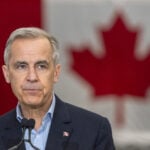 Canada's leader laments lost friendship with US in town that sheltered stranded Americans after 9/11
Canada's leader laments lost friendship with US in town that sheltered stranded Americans after 9/11
 Chinese EV giant BYD's fourth-quarter profit leaps 73%
Chinese EV giant BYD's fourth-quarter profit leaps 73%
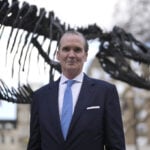 You're an American in another land? Prepare to talk about the why and how of Trump 2.0
You're an American in another land? Prepare to talk about the why and how of Trump 2.0
 Chalk talk: Star power, top teams and No. 5 seeds headline the women's March Madness Sweet 16
Chalk talk: Star power, top teams and No. 5 seeds headline the women's March Madness Sweet 16
 Purdue returns to Sweet 16 with 76-62 win over McNeese in March Madness
Purdue returns to Sweet 16 with 76-62 win over McNeese in March Madness
